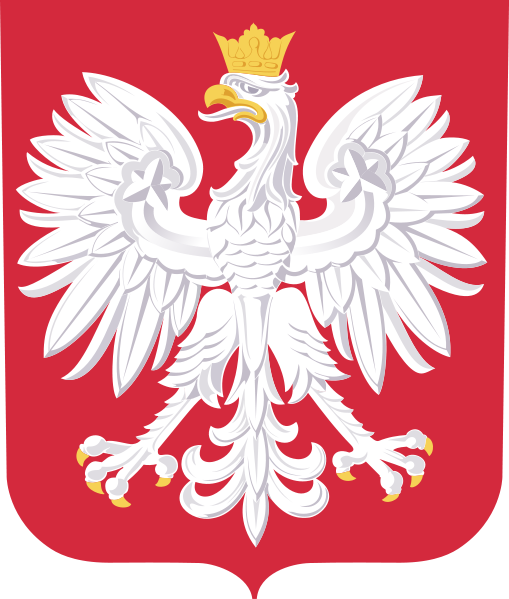Online first
Current issue
Archive
Most cited 2025
About the Journal
Editorial Board
Editorial Office
Copyright and self-archiving policy
Information clause on the processing of personal data
Conflict of interest and informed consent
Declaration of accessibility
Instructions for Authors
Instructions for Reviewers
Contact
Reviewers
2024
2023
2022
2021
2020
2019
2018
2017
2015
2016
2014
2013
Editing and translations
ORIGINAL PAPER
Mediating effect of occupational stress between skeletal muscle disorders and depressive symptoms in firefighters: a Structural Equation Modeling approach
1
Chongqing Center for Disease Control and Prevention, Chongqing, China
2
Chongqing Medical University, Chongqing, China
(College of Public Health)
3
Chinese Center for Disease Control and Prevention, Beijing, China
(Institute of Occupational Health and Poisoning Control)
4
The First Affiliated Hospital of Chongqing Medical University, Chongqing, China
(Department of Gastroenterology)
5
Chongqing Medical University, Chongqing, China
(The Second Clinical College)
These authors had equal contribution to this work
Online publication date: 2025-02-20
Corresponding author
Int J Occup Med Environ Health. 2025;38(1):18-29
KEYWORDS
depressive symptomsoccupational stressfirefightersstructural equation modelingmediating effectskeletal muscle disorders
TOPICS
- musculoskeletal diseases
- occupational health services
- assessment of the impact of working conditions on work capability and workers’ health (fitness for work)
- psychophysiology
- physiological effects of workload (physical and mental workload)
- physiological response to selected occupational hazards; assessment of the impact of physical workload on the musculoskeletal system in different occupations
- occupational and environmental risk factors of work-related diseases, with special regard to cardiovascular and musculoskeletal diseases
- physiological reaction to occupational factors: physical, chemical, air pollution, organizational
ABSTRACT
Objectives: The purpose of this study was to explore the relationship between skeletal muscle disorders (SMD), occupational stress (OS) and depressive
symptoms (DS) among firefighters. Material and Methods: A cross-sectional survey was conducted among firefighters in Chongqing, China.
Descriptive statistic and correlation analyses were performed by using SPSS 26.0. AMOS 24.0 was used to construct the structural equation modeling between SMD and DS. The mediating effect of OS was also evaluated. Results: The results demonstrate that SMD can predict DS (β = 0.25,
p < 0.001) and OS (β = 0.39, p < 0.001) positively, OS positively predicted DS (β = 0.39, p < 0.001) after controlling for SMD. Additionally, OS has
a partial indirect effect between DS and SMD (indirect effects = 0.209, 95% CI: 0.093–0.372, p < 0.001). Conclusions: Occupational stress has a partial
indirect effect between SMD and DS among firefighters. Skeletal muscle disorders could affect DS not only directly, but also indirectly, by affecting
OS. These findings may be of great significance and contribution to the future research of firefighters’ occupational health. Int J Occup Med Environ Health. 2025;38(1):18–29
Share
RELATED ARTICLE
We process personal data collected when visiting the website. The function of obtaining information about users and their behavior is carried out by voluntarily entered information in forms and saving cookies in end devices. Data, including cookies, are used to provide services, improve the user experience and to analyze the traffic in accordance with the Privacy policy. Data are also collected and processed by Google Analytics tool (more).
You can change cookies settings in your browser. Restricted use of cookies in the browser configuration may affect some functionalities of the website.
You can change cookies settings in your browser. Restricted use of cookies in the browser configuration may affect some functionalities of the website.




